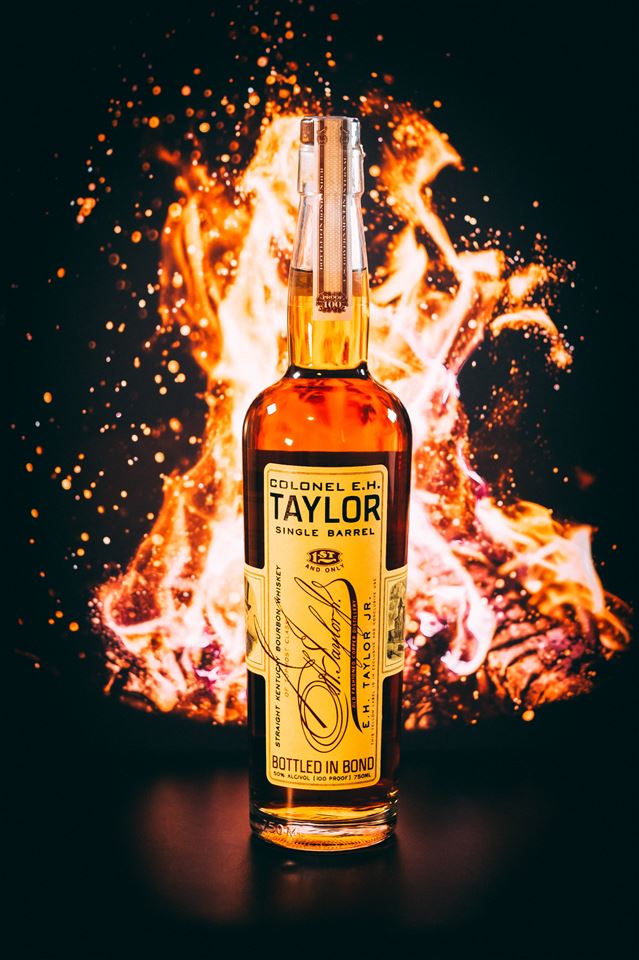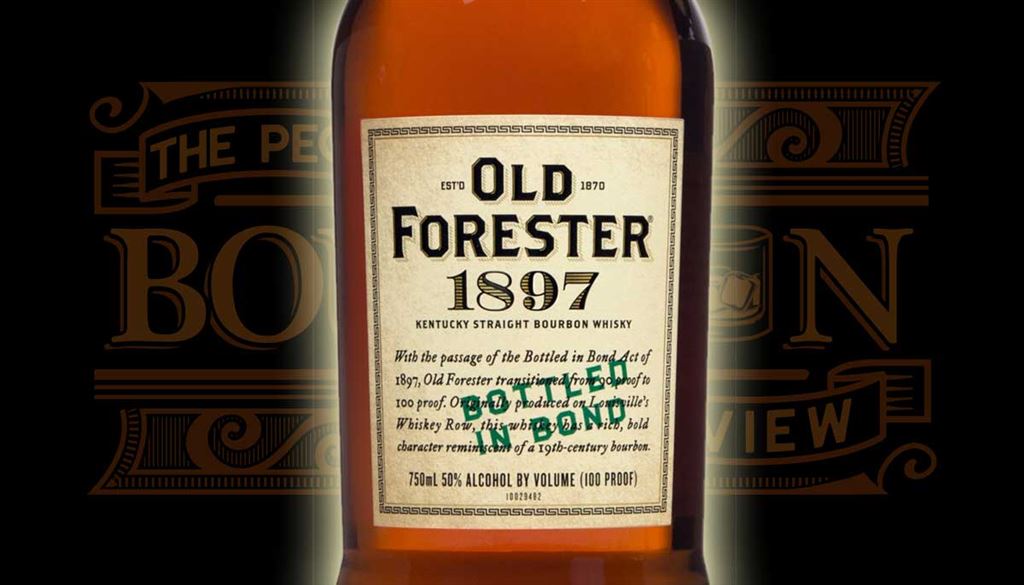When shopping for spirits, it is difficult to know what is quality bourbon. One way to narrow the field is to look for the designation "Bottled-in-Bond" on the label.
Unlike the typical whiskey, Bottled-in-Bond bourbon is produced in the United States as per precise federal guidelines that require spirits to be aged and bottled according to a set of legal rules. While the term Bottled-in-Bond has been around for over a century, it lost significance during prohibition and then regained its distinction about two decades ago.
This review helps the modern drinker understand what bottled-in-bond means as it relates to Bourbon today.

What is Bottled in Bond?
Bottled-in-bond refers to a specific set of standards for American-made distilled beverages. A bottled-in-bond spirit must be bottled as per the legal regulations of the government's Standards of Identity for Distilled Spirits produced within the US borders.
Every Bottled-in-Bond bourbon whiskey is the product of a single distillation season, by a single distiller, at a specific distillery, and allowed to age in a federally bonded warehouse under federal supervision for at least four years. Additionally, each bottle should meet the requirement of fifty percent alcohol by volume; while the label must identify the distillery and location of bottling.
U.S. Domestic Bottled in Bond Requirements
- Composed only of the same class and type of spirits
- Produced in the same distilling season by the same distiller at the same distillery
- Must be stored in oak containers in a federally bonded warehouse under U.S. government supervision for at least 4 years
- Unaltered from the original condition or character as required under 27 CFR 5.42(b)(3)(iv)
- Reduced in proof only by the addition of water to not less than 100 proof
- Label must identify the distillery DSP number where distilled and if different must state where bottled
- Must be bottled at 100 proof
Additionally, the Bottled-In-Bond Act prohibits the addition or removal of any substance or material that can change the original nature of the bourbon. For instance, bourbons cannot be infused with other additives like fruit, spices, or flavorings.
When was the Bottled-in-Bond Act Introduced?
The guidelines were introduced as the Bottled-in-Bind Act of 1897 following the widespread adulteration of whiskey in the 1800s. To eradicate Bourbon whiskey laced with tobacco and iodine, BiB 1897 was introduced to maintain the integrity of American spirits.
The Bottled-in-Bond Act of 1897 gave producers tax incentives, empowered the federal government as a guarantor for the spirit’s authenticity, and adopted practical measures to collect due taxes. Producers took advantage of this provision to improve production.
Importance of the Bottled-in-Bond Act of 1897

Before stocking your shelf with your favorite whiskey, you should ask, what does bottled-in-bond mean as it relates to the consumer?
After some digging, you realized that the act rose to prominence to protect whiskey consumers in the United States and beyond. In the 1800s, the lack of standard production for alcohol gave room for unscrupulous producers to deliver substandard products. In the late 1870s, the lack of proper seals and labels gave rise to adulterated whiskey brands.
To curb the rising cases of poisonings, politicians and craft distillers of the time created the Bottled-in-Bond Act of 1897. Introducing government measures related to the labeling and sealing stage gave consumers peace of mind. Storing the drinks in a bonded warehouse ensures that each drink has a mark of quality and oversight.
Bottled-in-Bond Today
After helping the production of quality bourbon in the U.S. and beyond, the value of the label Bottled-in-Bond was eventually lost. Bottled-in-Bond production lost its honor as inexperienced drinkers did not understand its significance, pushing them to bottom-shelf liquors.
About twenty years ago, craft distillers reappeared in the whiskey industry with a determination to reclaim the lost glory of Bottled-in-Bond beverages. Major producers abiding by the BiB guidelines include Heaven Hill and Jack Daniels, while upcoming distillers include Wilderness Trails and New Riff Distilling.
The resurgence of Bottled-in-Bond is attributed to bartenders, mixologists, and enthusiasts. More drinkers have come to realize the significance of bonded spirits in cocktails.
Best Bottled-in-Bond Bourbons to Try in 2022-3
To get the best quality of whiskey free of impurities, you should try: